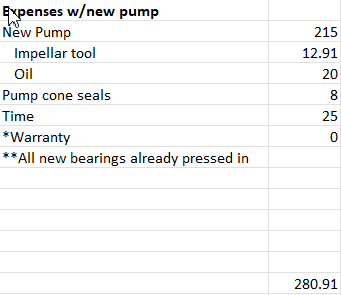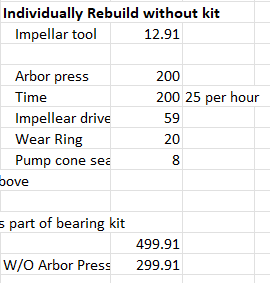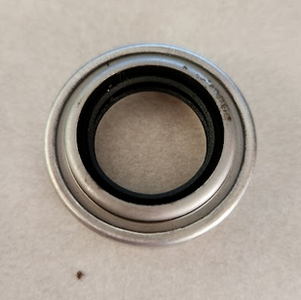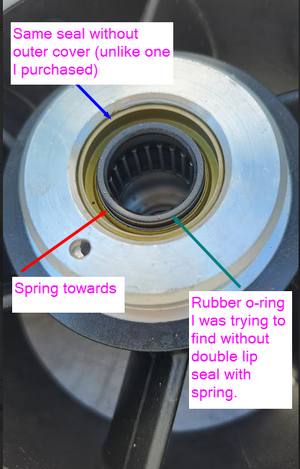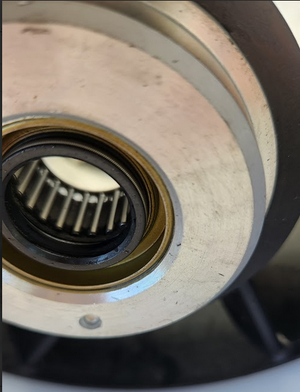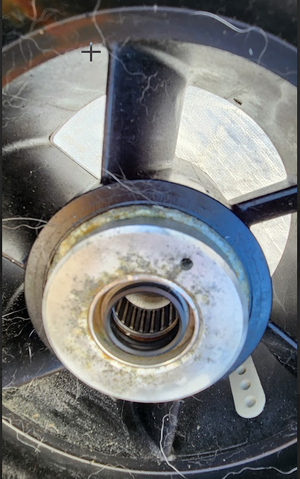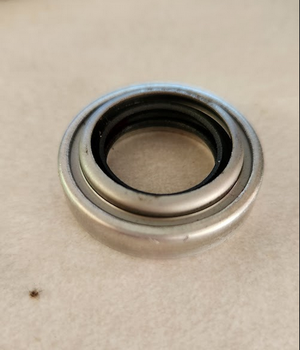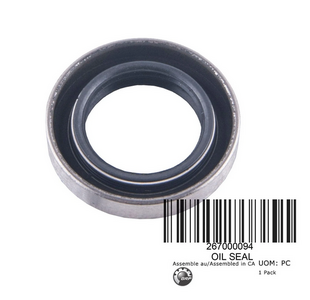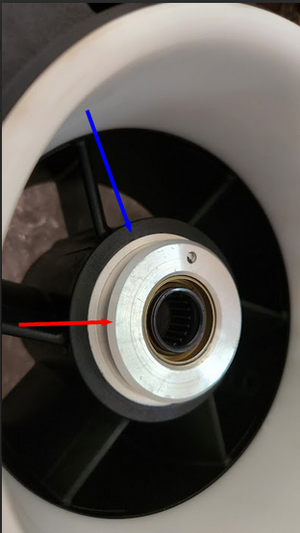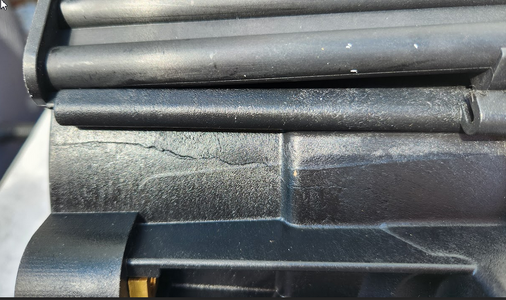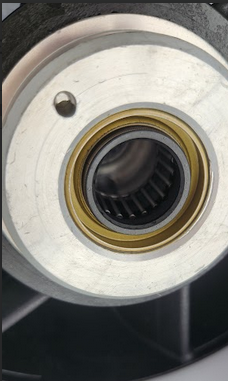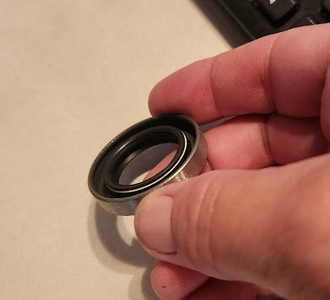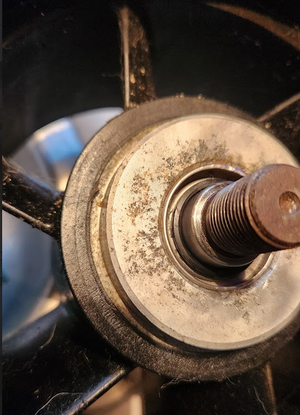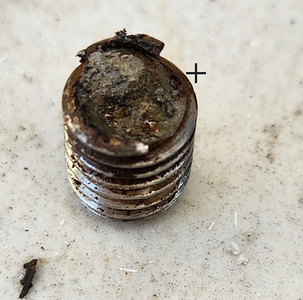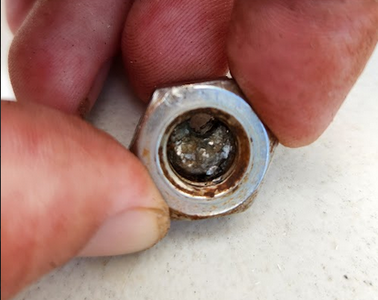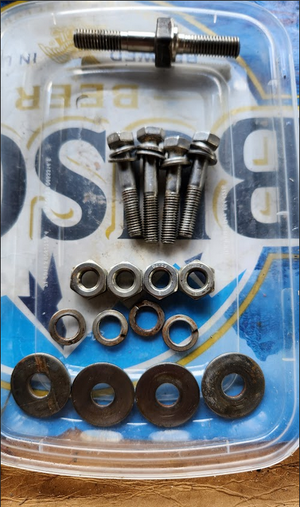One thing great about skis and mechanical equipment in general, they tell the truth always. If I were trouble shooting the system for the first time I'd place a clamp on the "ON" and "RES" lines very close to the baffle (less than 4 inches). I'd disconnect the inlet line on the carbs and pull a vacuum on the fuel system. This will test the water separator, the fuel selector, and the connections. A common problem is the water separator gasket area. I pull the system down to about 10psi vacuum if I can get it but whatever I get it should HOLD that vacuum. While under vacuum, switch the fuel selector to all 3 positions and watch the vacuum. If I see a vacuum loss, next I pressure up the system to about 8 pounds and get out the soap bubbles and check what I can. Remove both clamps on the on/res lines and pressure up the fuel valve in the "OFF" position. Open "RES" you should hear the air flow into the fuel tank indicating an open line. Go back to the "OFF" position and repeat for the "ON" side. If all this checks out I go to the fuel pump.
For the fuel pump I don't pull the carbs. I get a clear hose and insert it to the pulse line. I activate the fuel pump with my cheeks. Suck and Blow.

You should hear and feel the little diaphragm's resistance (be gentle it doesn't take much). You can connect a clear fuel line to the carb inlet and put the fuel line in a container of fuel. Just you actuating the little diaphragm should quickly and easily draw the fuel up the line and into the carbs. When you stop, the fuel should "not flow" backwards away from the carbs. Clear tubing allows you to check this.
Next you can blow back gently into the pulse line hose to make sure it is clear. There can be liquid in the diaphragm that will affect the capacity of the pump. I don't pull the carbs till last.
Sorry for the length. If I didn't get it all correct you can see what I'm trying to accomplish.
NOTE: There is also the fuel vent than can cause problems but I don't think it would do that just starting up. You can remove the fuel cap if necessary.
You'll find the problem. IT CAN'T HIDE for long.

Good Luck !!
